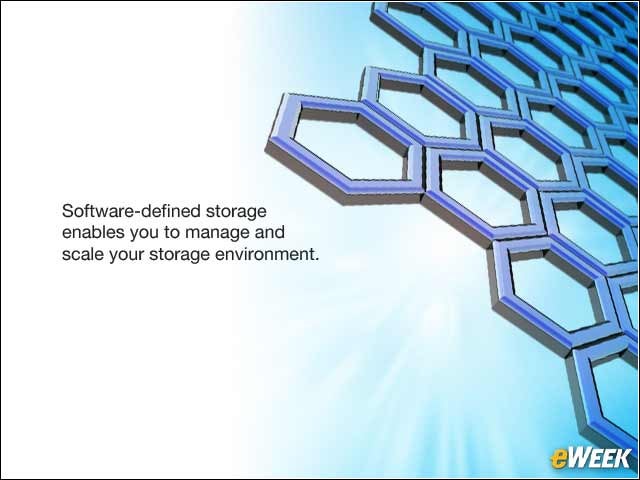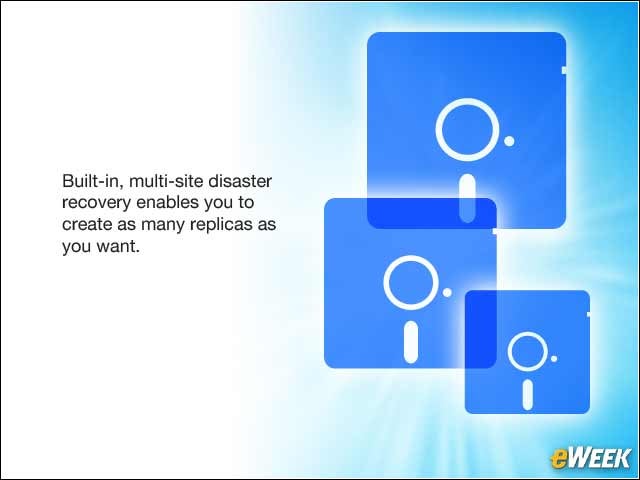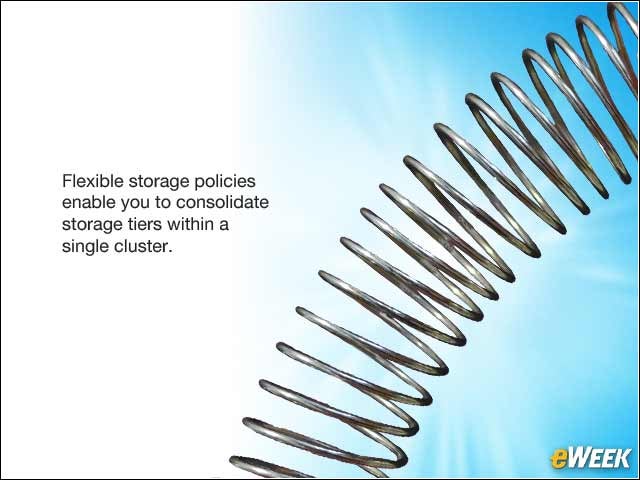eWEEK content and product recommendations are editorially independent. We may make money when you click on links to our partners. Learn More.
2Single Storage Platform a Good Place to Begin
3Use Software-Defined Storage
4A CIFS/NFS File System Gateway Can Be Beneficial
We all work with files and objects, and each storage system processes these differently. Why should you have to choose between the two? A file system gateway enables you to mix and match workflows between object and file interfaces. Data comes in as files, objects come out via the HTTP API, and vice versa.
5Use Enterprise Authentication Integration
6Required: Built-In, Multi-Site Disaster Recovery
Everyone needs to back up data, but you shouldn’t have to sacrifice latency for data access or ingest—or from where your data is accessible. The best way to do this is to have a built-in, multi-site disaster recovery in your storage system. This enables you to create as many replicas as you want and distribute them across multiple geographic regions in a single cluster.
7Flexible Storage Policies a Must
Having the flexibility to manage your data—from where it is stored geographically to who can access it—is invaluable. So instituting flexible storage policies enables you to control these things by consolidating storage tiers within a single cluster. You’ll have unprecedented freedom to provide the storage services that users and applications need.
8Heterogeneous Hardware Must Be Supported
All companies want to get the most out of their capital investments while also making their users as productive as possible. With a hardware-agnostic storage system, you can build a durable, scalable system using standard hardware from multiple vendors; you can even mix storage node density and device size.
9It Needs to Be Simple to Manage
10TCO That Can’t Be Beat
Total cost of ownership (TCO) is a financial estimate intended to help buyers and owners determine the direct and indirect costs of a product or system. Software-defined storage systems are much more cost-effective than legacy systems because they run on newer, leaner code, faster processors and larger data pipes. They also are faster and easier to configure.
11Use a Private Cloud Infrastructure
Storing data internally and in the cloud gives more flexibility and is ultimately better for TCO, especially with software-defined storage. For disaster recovery, it’s better to have copies of the data on site and backed up somewhere else.










